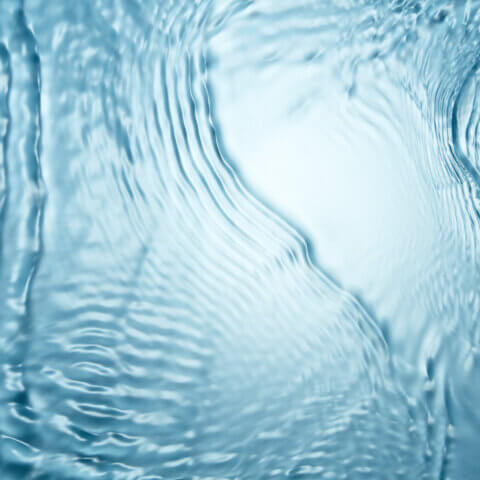-

Interview with John Butcher
Meet a FloraPro™ Grower
-

Interview with Ryan Messerschmidt
FloraSeries g
-

FAQs About Water and Hydroponics
Water. It’s the hydro part of hydroponics. You can find many answers to H2O related questions here.
-

FAQs About Hydroponics Nutrients
You’ve probably got questions about nutrients for growing your plants. We’ve got plenty of answers.
-

What is hydroponics?
Hydroponics means “working water” (hydro means water and ponos means labor). Many different civilizations have utilized hydroponic growing techniques throughout history.
-
-
-
-
-
-
-
-
-




